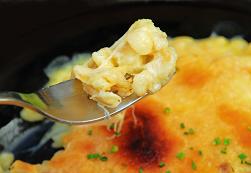 Your mood is linked with your surroundings, and a change in your environment can make a tremendous difference in your feelings. To calm or enhance your mood, try some of these simple modifications to your environment.
Your mood is linked with your surroundings, and a change in your environment can make a tremendous difference in your feelings. To calm or enhance your mood, try some of these simple modifications to your environment.
Soothing colors.
Color has an amazing ability to affect mood. We know someone whose employer painted the office walls a deep reddish-burgundy color. She said it was far from calming; in fact, she noticed a difference in her stress levels compared with the previous color, which was pale lavender. The color also hurt her eyes until she was used to it. Soothing colors, such as pale blue and green, improve your mood and reduce stress. Think of how calm you are in nature and the colors you see.
You don’t have to repaint your home—adding splashes of soothing colors can be very helpful. For example, buy some blue pillows or green curtains, or find an art print of a relaxing scene. Bright artwork can cheer you up not only by its colors, but also by its design. If you work from home, perhaps a blue mouse or purple post-its will help your mood.
Relaxing music.
Sound affects us to our core, and our moods reflect the vibration of the music. If you don’t care for a particular type of music, your mood will change for the worse if you hear it, and then if you hear music you love, your mood will improve—and both changes happen very quickly.
To relax and soothe yourself, try listening to yoga music or to an instrumental radio or satellite TV station. Classical music can be intense for some, yet soothing for others.
Living things.
Watching living things move and grow is incredibly soothing and relaxing. If you don’t have a pet, perhaps now is the time to adopt one. Stroking a cat or a dog reduces blood pressure and increases endorphins. Watching fish is so relaxing that you may find yourself mesmerized.
If you’d rather not have a pet, surround yourself with live plants. Not only will they clean the air in your home, but they’ll also give you a touch of nature and a splash of color. Good choices are ferns, bamboo palms, spider plants, and African violets.
How do you create a soothing environment?














